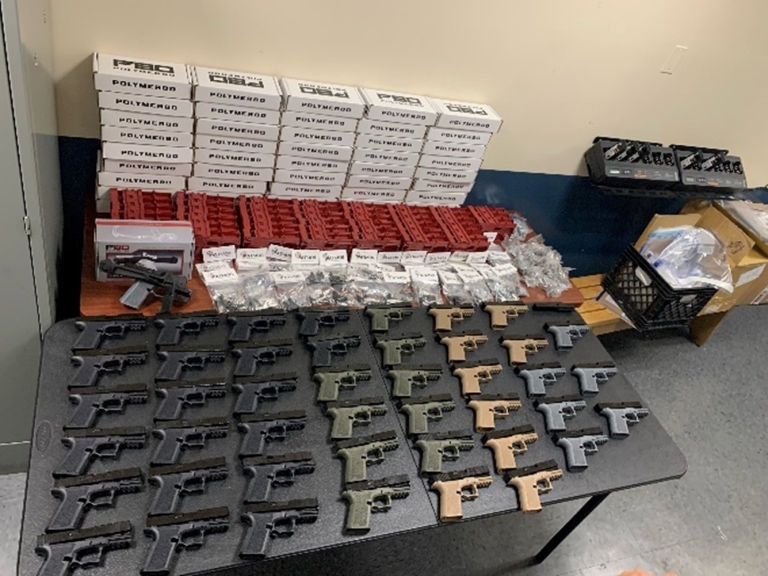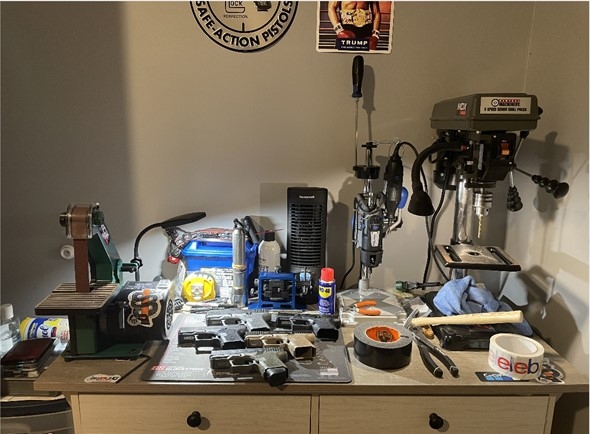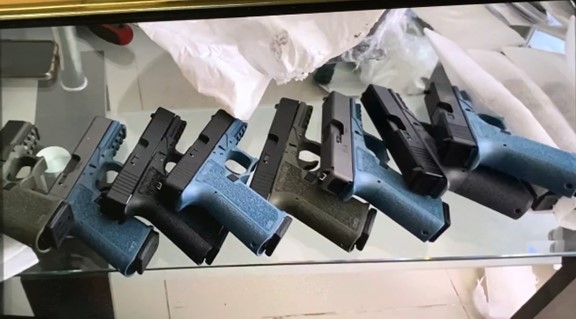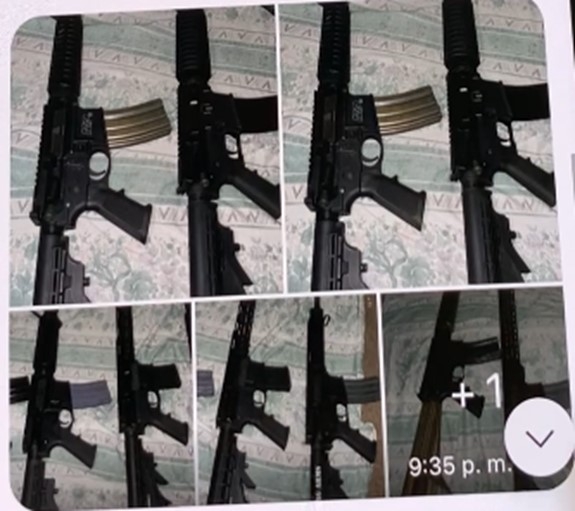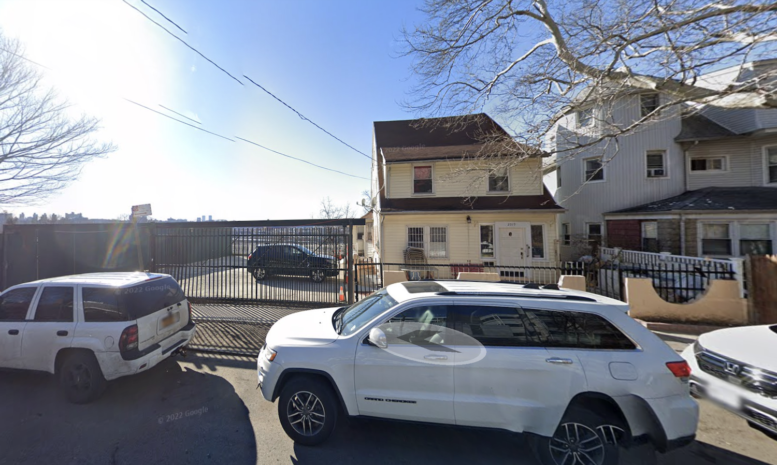$5 Million Will Fund 46 Projects to Address Community Needs
New York City Mayor Eric Adams and New York City Civic Engagement Commission (CEC) Chair and Executive Director Dr. Sarah Sayeed today announced the results of “The People’s Money” — New York City’s first-ever citywide participatory budgeting vote. The 46 projects funded as a result of this participatory budget will address community needs as identified by residents, with an overwhelming focus on youth and mental health services. Residents also chose projects that will focus on supporting the health and well-being of New Yorkers, food access, job training, workers’ rights, senior services, immigrant services, arts and culture, and the environment.
“Through this historic process, we are learning more about the needs and priorities of New Yorkers and taking steps to effect change by investing directly into our communities,” said Mayor Adams. “This administration believes in the power of community voice, and by providing opportunities like ‘The People’s Money,’ we strengthen our democracy and deepen civic engagement.”
“There’s no one better to decide how the New York City budget is spent than New Yorkers themselves,” said New York City Chief Engagement Officer Betsy MacLean. “We all have an important part to play in making our beloved city work better and be better for all of us. Huge congratulations to Dr. Sayeed and the powerhouse ‘People’s Money’ team for leading this groundbreaking effort — the first of its kind so focused on equity and inclusion and at this scale. I am deeply inspired by the more than 100 community partners and over 100,000 New Yorkers who rolled up their sleeves and got in the weeds of city-making. We cannot wait for next year and even more ‘People’s Money’ for New Yorkers to spend!”
“When New Yorkers speak, we listen. That’s what participatory budgeting is all about — active listening, empowering communities, and building civic power,” said CEC Chair and Executive Director Dr. Sayeed. “Since its inception, the CEC has placed equity and justice at the center of our work to build trust in democracy. This historic process has inspired tens of thousands of new voices into the democratic process, providing a unique, accessible pathway into civic engagement, and we are incredibly grateful for the unprecedented level of participation. We will continue to partner with communities through the implementation of these exciting projects.”
“New York City’s first-ever citywide participatory budgeting process has been an exciting opportunity for the Adams administration to connect directly with communities as partners in government,” said New York City Community Affairs Unit Commissioner Fred Kreizman. “Congratulations to Dr. Sayeed and the Civic Engagement Commission team on engaging New Yorkers across all five boroughs to allocate $5 million! These funded projects will help address important community issues, including job training, senior services, and the environment.”
“Citywide participatory budgeting represents a powerful paradigm shift in governance, broadening decision-making power from a limited few to the collective wisdom of the community,” said Mayor’s Public Engagement Unit Executive Director Adrienne Lever. “When we embrace public engagement through participatory budgeting, we bridge the gap between city government and residents, cultivating stronger and more resilient communities.”
“I applaud this groundbreaking approach to allocating funds, which demonstrates a true commitment to engaging our community and addressing pressing needs in a collaborative way,” said New York City Department of Veterans’ Services Commissioner James Hendon. “These efforts will undoubtedly foster a stronger and more supportive environment for the community and our veterans and create a brighter future for this great city as a whole.”
“New Yorkers have ensured that $5 million goes toward the community needs that they feel are most deserving,” said New York City Housing Authority (NYCHA) CEO Lisa Bova-Hiatt. “Youth and senior services, food access, job training, environmental sustainability — these are paramount issues for New Yorkers, including NYCHA residents, and it is empowering to see them rally to get them funded through ‘The People's Money.’”
Between May 10 and June 25, New York City residents voted on how to spend part of the city budget in their communities. The CEC provided $1.7 million in funding to 105 community partners to engage in grassroots outreach directed toward New Yorkers who have typically been left out of the democratic process. This included a targeted effort in 33 neighborhoods, as identified by the Task Force on Racial Inclusion and Equity as most heavily impacted by COVID-19, and with specific communities, such as those with limited English proficiency, youth (11-21), veterans, people with disabilities, immigrants, NYCHA residents, older adults, the faith-based community, LGBTQIA+, and justice-impacted residents.
New Yorkers living in any one of the five boroughs were able to vote on a ballot for their borough, while those living in one of 33 equity neighborhoods were also able to vote on a ballot for their neighborhood. Funding for projects will be based on population and poverty indicators, as approved by New Yorkers via a public hearing. The breakdown of funding for the 46 projects is:
- Bronx: Three projects with the highest number of votes will be funded for $265,000 each.
- Brooklyn: Four projects with the highest number of votes will be funded for $250,000 each.
- Queens: Three projects with the highest number of votes will be funded for $280,000 each.
- Manhattan: Two projects with the highest number of votes will be funded for $262,500 each.
- Staten Island: One project with the highest number of votes will be funded for $177,000.
- 33 Equity Neighborhoods: One project per neighborhood with the highest number of votes will be funded for $50,000.
Residents voted online, while paper ballots were also available at accessible sites across the city. The CEC co-hosted five flagship events, one in each borough featuring The People’s Bus, a retired New York City Department of Correction vehicle transformed into a mobile community center, where residents were also able to vote.
The CEC will announce the organizations responsible for implementing funded projects and will work closely with the implementing organizations over the course of the year to ensure they are supported and that projects are effectively monitored and are completed successfully. All projects must be completed by June 2024. The CEC will report back the results of the projects upon completion, including metrics such as the number of residents served, outcomes, highlights, successes, and challenges.
Detailed vote totals and more information about “The People’s Money” can be found online.
“As a profoundly democratic space, The New York Public Library was proud to offer New Yorkers of all ages, backgrounds, and experiences the opportunity to engage in open and free discussion, collaboration, and civic engagement,” said Gesille Dixon, vice president, branch programs and services, The New York Public Library. “Partnering with The Civic Engagement Commission in ‘The People’s Money’ program, branches throughout the Bronx, Manhattan, and Staten Island provided resources and information that educated communities about the participatory budgeting process, allowing them to actively engage in their civic responsibility and advocate for themselves.”
“We were thrilled to participate as an institution throughout the participatory budgeting process,” said Doug Israel, director of government and community relations, Borough of Manhattan Community College. “Not only did our students, staff, and faculty have an opportunity to weigh in on the projects they support in their neighborhoods, but our student ambassadors gained incredibly valuable experience engaging the campus community and being active participants in the civic engagement process. It was a win-win overall for our college and for the city.”
“Across all five boroughs, NYCHA residents engaged their neighbors and held voting sessions in their communities, and thousands of NYCHA residents participated and got out the vote for ‘The People’s Money,’” said Alex Zablocki, executive director, Public Housing Community Fund. “The Public Housing Community Fund, in collaboration with NYCHA and the Civic Engagement Commission, partnered with NYCHA resident leaders in all boroughs during the voting phase. Residents used their knowledge of community to host voting events that were fun and engaging while giving their community a voice and opportunity to vote on projects. This truly was a partnership between government, nonprofit organizations, and people, in an effort to include all New Yorkers in this first-ever citywide participatory process.”
“It is a historic moment for people with disabilities living in New York City. ‘The People’s Money’ project is an opportunity for people with disabilities to make their vote count and voice heard. People with disabilities can vote on projects that impact their lives and can truly improve the quality of their lives,” said Sharon McLennon-Wier, Ph.D., MSEd., CRC, LMHC, executive director, Center for Independence of the Disabled, NY (CIDNY). “CIDNY is pleased to participate in this initiative, and we support the mayor’s call to action to ensure that all people living in New York City have equity, resources, and access to a better quality of life.”
“Participatory budgeting gave so many of our neighbors in the Mott Haven/Melrose community a voice to highlight their needs and concerns and the power to meet those needs through a better understanding of the public budget,” said Aleciah Anthony, director of community engagement; and Carmen Pineiro, director of organizing, Bronx Defenders. “The challenge of civic engagement is the real sense of connectedness in community that we lose when resources and opportunities are scarce. This process allowed for those who feel most marginalized in the community to not only feel valued and heard but recognize their own power to make changes in their communities.”
“At The Door, our community is at the forefront of our work. Through cultivating partnerships with our supporters, The Door’s youth leadership program was able to effectively participate in ‘The People’s Money’ to ensure we continue to provide transformative and quality arts programming for New York City youth,” said Kelsey Louie, CEO, The Door and Broome Street Academy Charter High School. “Our members learned valuable skills through thought leadership while advocating for a cause they believed in.”
“Being part of a process that directly asked for community input on how to spend funds for their neighborhoods has been a rewarding and insightful experience,” said Maria Deaquis-Cornejo, director, Community Mediation Services. “It been a wonderful reminder that people who live in these communities know the most about how continue to support their neighborhoods. They are the most important stakeholders in the process.”
“New Immigrant Community Empowerment seeks to empower immigrant workers in life and at work. NICE members have had the powerful opportunity to participate in CEC’s ‘The People’s Money’ since the beginning — they gathered in the community to select an idea that contributes to the economic development of Queens borough, made it to the ballot, voted, and encouraged the community participation in this historic event,” said Nilbia Coyote, executive director, New Immigrant Community Empowerment (NICE). “CEC’s ‘The People’s Money’ provided NICE members — immigrant workers that contribute to building New York City every day — a powerful and empowering opportunity to contribute and get their voices heard across New York City. NICE thanks the New York City Civic Engagement Commission for the opportunity to participate in this initiative.”
“Participatory budgeting allows our SI TRIE Task Force to reach many different places in our community — the young in their classrooms to the elderly in our food pantry lines. We conducted participatory budgeting in four languages — Mandarin, Cantonese, Spanish, and English — and did balloting any many local community events to capture the vote of many different community members,” said Reverend Dr. Terry Troia, president and CEO, Project Hospitality. “It was an exciting mission to draw local community members from NYCHA housing to senior centers to intermediate schools to centers for disabled persons to Juneteenth and Cinco de Mayo celebrations!”
“LiveOn NY was proud to partner with the New York City Civic Engagement Commission on such a successful citywide effort to engage New Yorkers directly with the budget process. We were able to mobilize over 50 older adult centers and naturally occurring retirement communities in all five boroughs to ensure older adults’ voices were counted in this vote,” said Allison Nickerson, executive director, LiveOn NY. “We look forward to growing our partnership with the CEC, and we congratulate them on such an unprecedented success!”
“We’re excited about the results of this year-long process that have engaged members of the Lower East Side and Chinatown communities through every phase. It’s been incredible to see how eager folks have been to be a part of this project, whether that’s through identifying the needs in their community or spending time talking to their neighbors to collect thousands of votes,” said Damaris Reyes, executive director, Good Old Lower East Side. “We look forward to more projects and processes where our communities can lead the way.”
